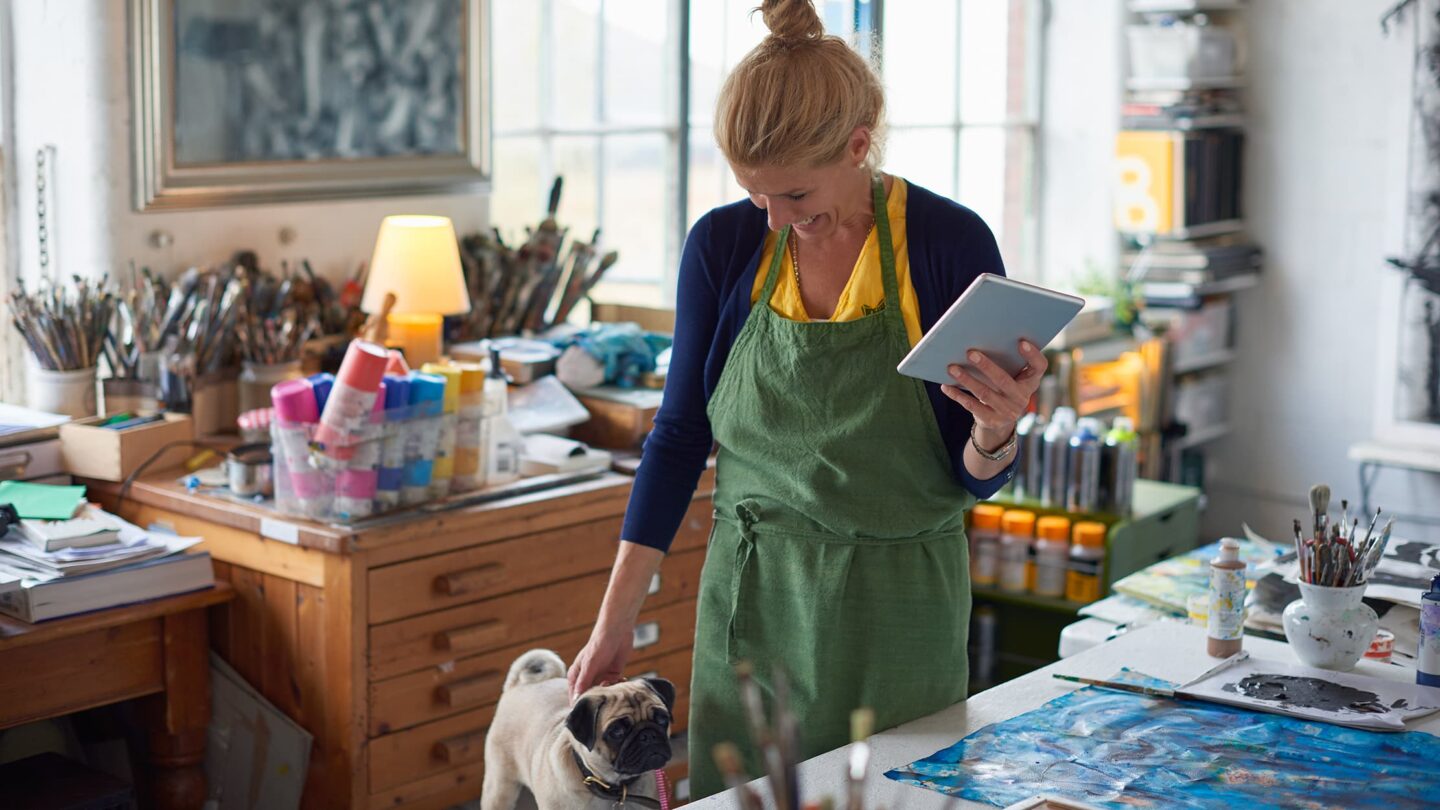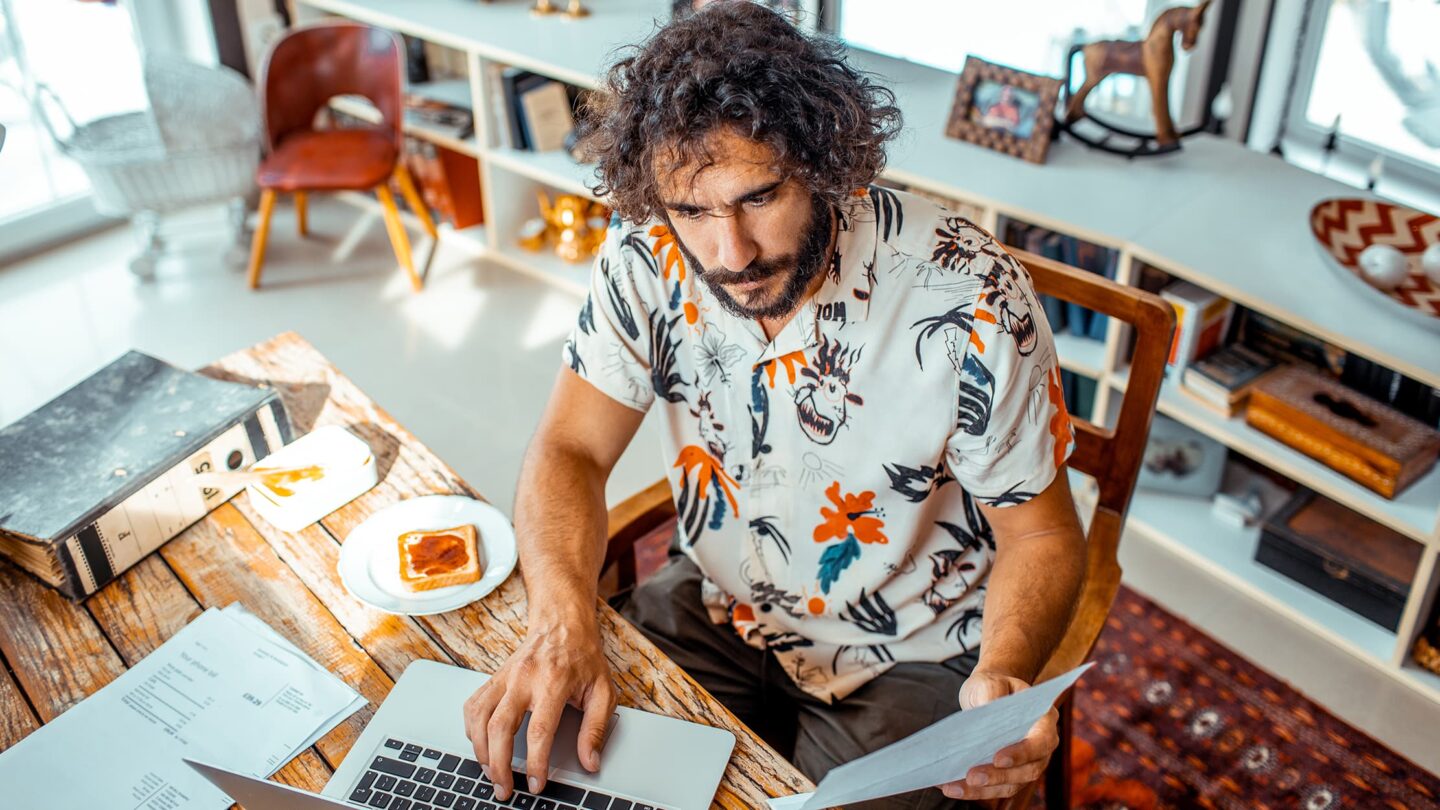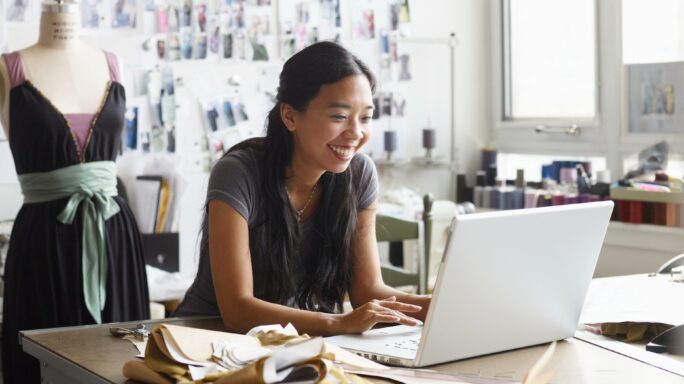How it started: I wanted to help the planet. How it’s going: I started a business so everyone could do that
Sasstainable founder Steph Elswood reveals why she started her ethical e-commerce business and share tips to help you go green.

Sasstainable fact file
Business name: Sasstainable, @shopsasstainable Founder: Stephanie-May Elswood, @stephelswood Year started: October 2019 Location: LondonFirst things first, what inspired you to start Sasstainable?
In a world where everyday products have short lives but long-lasting impacts, I wanted to create a brand to do the very opposite. I had been researching into ways that I could be more sustainable in my personal life and wanted to solve some of my own unsustainable slip ups—single-use cutlery when grabbing lunch was my biggest downfall. I wanted to develop a range of eye-catching, ethically made, and environmentally friendly products to help educate my audience and make it easier for people to respect the planet.Did you get any outside investment to get started?
I started Sasstainable with my own savings, so there was no outside funding! I’ve re-invested all profits since.What was the learning curve like?
Dramatic. I made a lot of mistakes early on, and I had very little business experience in the e-commerce sector. My main background was in social media, content creation and marketing. I was juggling every role in the company by myself, jumping between customer service, fulfilment, product development, and socials. It was stressful! Having an e-commerce business is far more than just selling product and I don’t think I realised that. I often threw money at problems to try and fix quickly, them rather than take the time to find more suitable, cost-effective solutions. One thing I learnt early on was to pay attention to seasonality. For example, the company launched in November 2019, and I massively underestimated the kind of demand we’d have for Christmas. I under-ordered stock and didn’t fully consider the delays of postage during the festive season.
Delicious cookies, anyone? Alongside reusable products, Steph has lots of great recipes on the Sasstainable website
How many hours did you work on average, and what kind of support did you have?
It’s difficult to say exactly how many hours I committed initially. I was running this company in alongside my full-time social media business and charitable foundation, but I’m sure it was a lot! I’m very lucky to have a supportive family, and that was a huge help especially in the early days. My mum helped massively with the pick and packing, post office runs, and customer service. I hired two assistants quite early on to help with the marketing and social media side of things, and that was one of my best decisions at that stage.How did you build your customer base?
I was fortunate enough to have a small online presence on my personal Instagram, and that definitely helped get things moving. If that’s something you could start nurturing now, then go for it. I also did a lot of research into sustainability influencers and gifted products to them in exchange for an honest review. From the stories they shared on social media, we received more traction to our site.What is the biggest challenge for a small business in going green, and how can overcome it?
Sustainability means not cutting corners. There are so many ‘easier’ solutions that may not be sustainable. But as you’re growing and your company is in its infancy, you can start to implement those switches early on, so that your sustainability commitments increase as the business grows. There will always be unsustainable companies that will undercut you and make it hard for you to compete. But stick to your guns and know that you have a greater vision for the planet and entice your customers to come along for the journey.What can small business owners do to take steps towards going green if they’re not already?
There are so many ways to be a more sustainable business. Look at every aspect from source to consumer, and don’t be afraid to ask questions. Where are the products being made? Who is making them? What materials are being used? Is your packaging eco-friendly? Can you find a fulfilment company that delivers products using electric vehicles? You can also add a carbon offset feature to checkout, which will offset your shipping. At Sasstainable, we’ve also collaborated with a brand called Tree-app, which allows customers to plant a tree with every purchase. It’s also worth looking into eco-packing that is recycled or recyclable. It’s all about making small changes with a big impact, and helping your customers do the same.What kind of setbacks did you face, and how did you navigate them?
I think the toughest challenge was finding product developers and manufacturers I could trust. I never wanted to release a product that was anything less than perfect, but also wanted to ensure that it was affordable for customers. From that, I have learnt never to accept the first unit cost given and to speak up even if I felt like I was being too demanding.What was the most important thing you learnt as a business owner?
That it’s not easy! But seriously, I’d say there are four main things I’ve learnt that are incredibly important to budding business owners:- Control your cash flow. Having sufficient cash to fund my growth takes up most of my time.
- It’s all about the customer. The customer is always right, and the tone you used to respond to them sets the tone for the relationship you establish.
- Running a business can get lonely. It is important to constantly remind yourself of your vision and motivation behind the project. Cheer for your own successes, and don’t forget to celebrate the small wins.
- Build a team you can trust. It’s important to know how and when to scale your business, hire the right people, and crucially, learn to delegate key tasks so you can focus on growing your business and developing your products.
How it started, how it's going
Want to know what year one of business is really like? A group of business owners share their stories and advice to help you navigate the start of your entrepreneurial journey.






